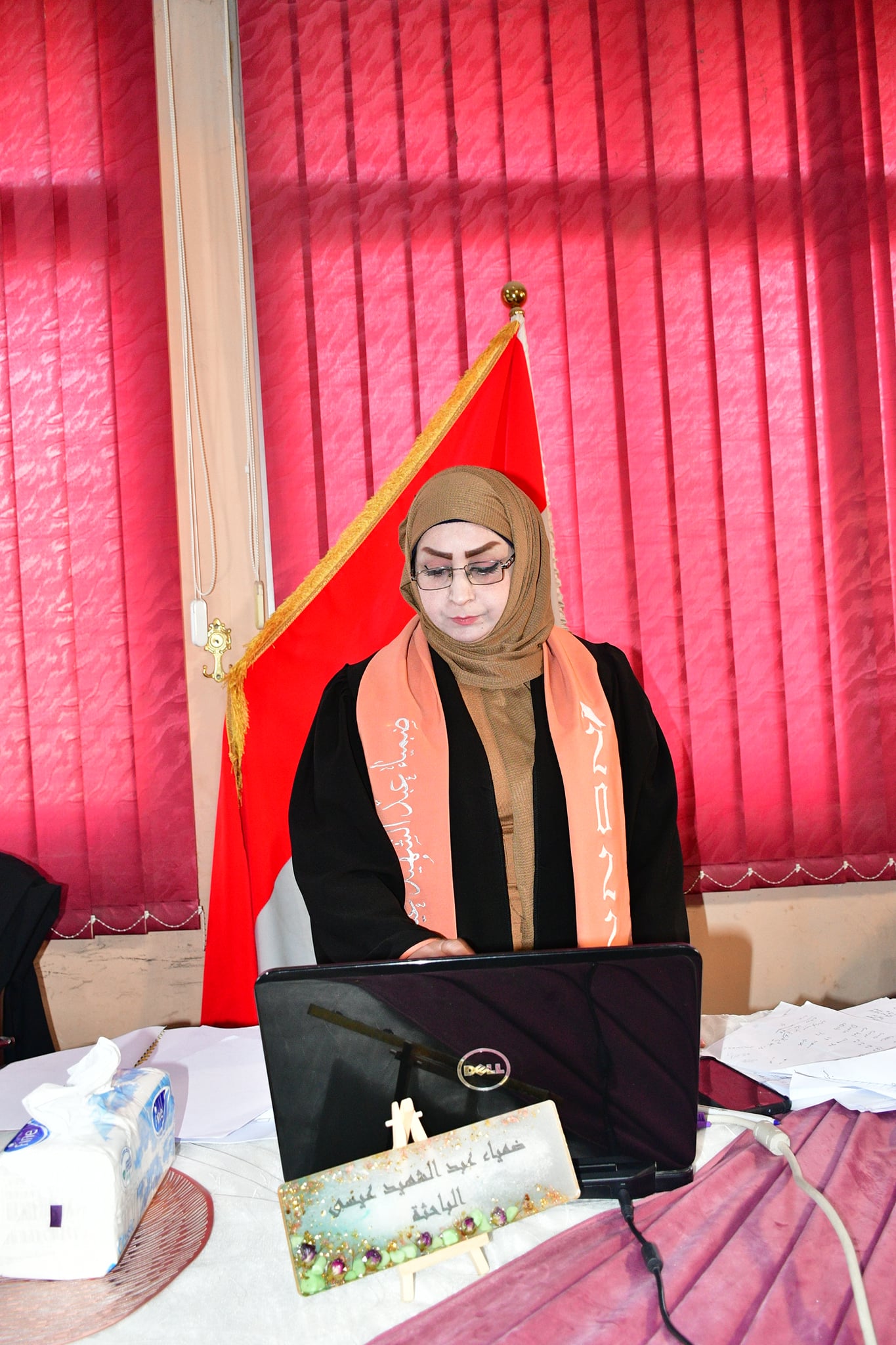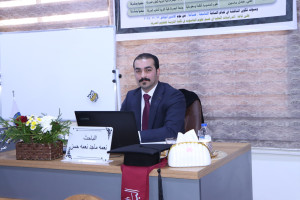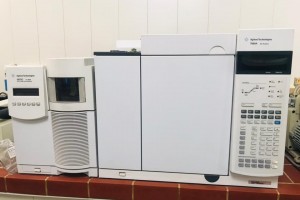
The College of Education for Pure Sciences, Department of Chemistry, University of Basra, discussed a master’s thesis on the preparation, diagnosis and study of the biological activity of some heterogeneous cyclic compounds derivatives, and the study of the formation of their complexes for transitional and nano-elements.
A thesis presented by the researcher (Dhamia Abdel-Shahid Issa) included the preparation of a group of nitron compounds resulting from the reaction of aldehydes compounds with N-phenylhydroxylamine through two steps:
The first step is the preparation of N-phenylhydroxylamine from the reduction of nitrobenzene by zinc powder with the presence of ammonium chloride as a catalyst, while the second step includes the reaction of the substituted aldehydes compounds 2-hydroxybenzaldehyde, 2-pyrol-2-carbaldehyde, 2-pyridine carboxaldehyde. With N-phenylhydroxylamine to give a series of nitron compounds, the ligands that include the nitron group L1, L2, L3 were reacted to prepare the symmetric complexes with molar ratios (metal: ligand) 2:1 for cobalt ⅡⅠ, chromium ⅡⅠ and copper Ⅱ, from the salt reaction of each metal ion separately with solutions of ligands and heating these mixing mixtures to obtain a higher yield.
The purpose of the message
The validity of the proposed compositions of the prepared compounds was confirmed by using infrared, visible, ultraviolet, proton and carbon NMR spectra and mass spectrometry.
Cobalt, chromium and copper complexes were prepared for ligand one, L1, by ultrasonic method using dilute solutions of metal salts dissolved in methanol and exposed to sound waves with a power of 480 w and a frequency of 60 Hz. and nanoparticles, and they contain many agglomerated granular structures.
Co3O4 and Cr2O3 nanometal oxides were prepared by thermal decomposition of the prepared complexes, and XRD and scanning electron microscopy (FESEM) measurements proved the validity of the nanoparticle structures.
The biological activity of the prepared compounds for selected bacterial models was also studied, as the compounds showed high activity against two types of bacteria
 .
.







